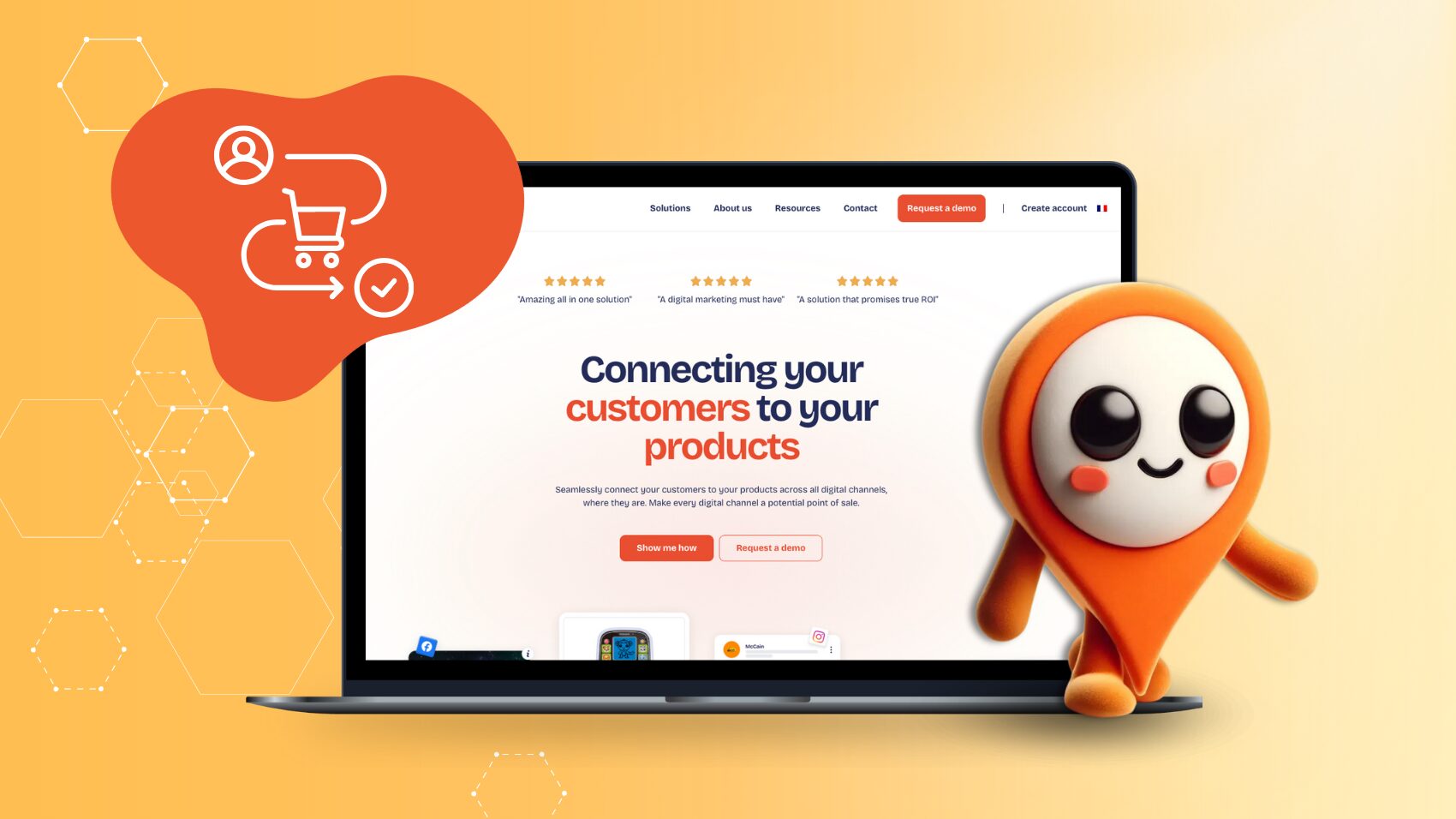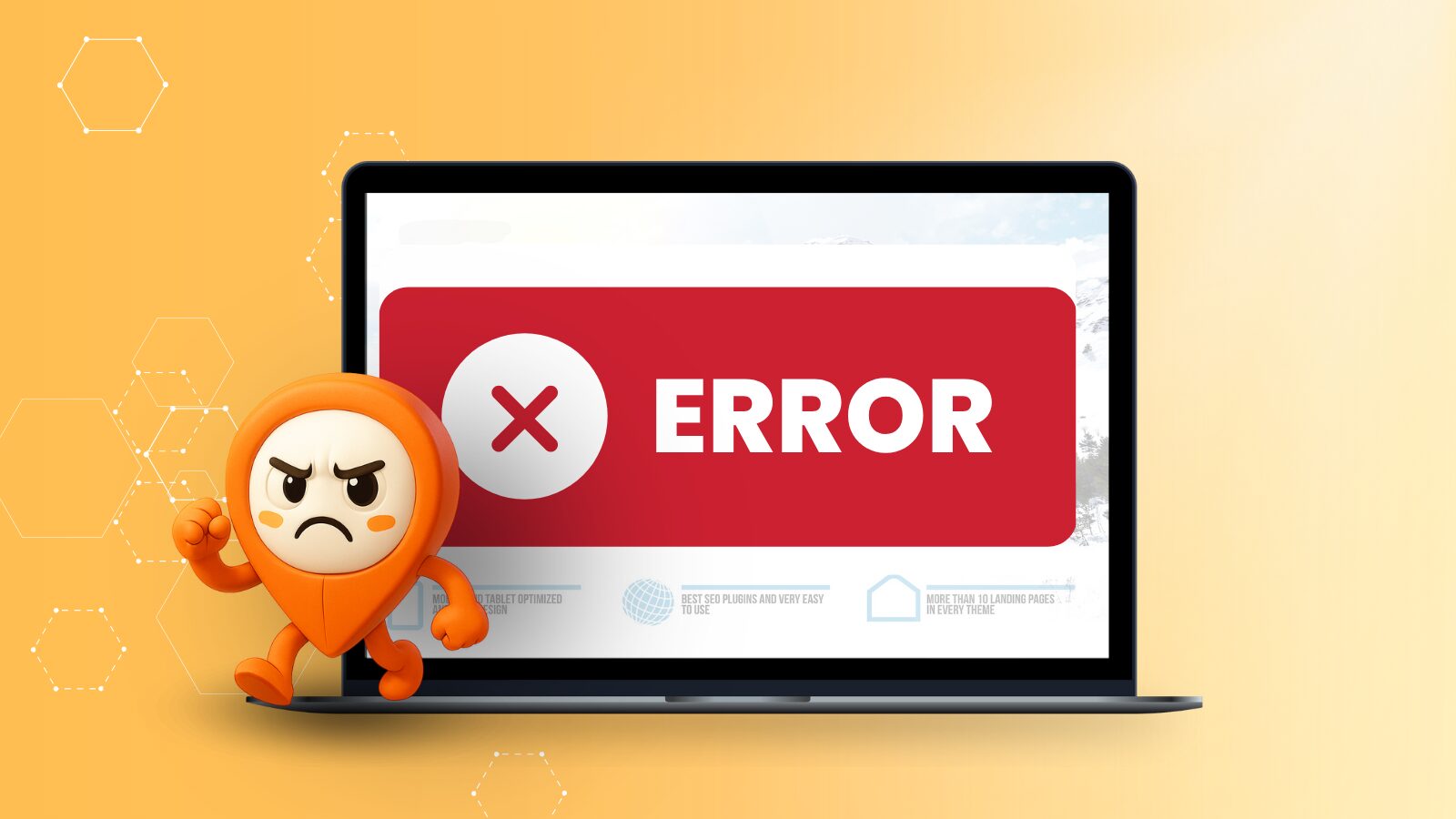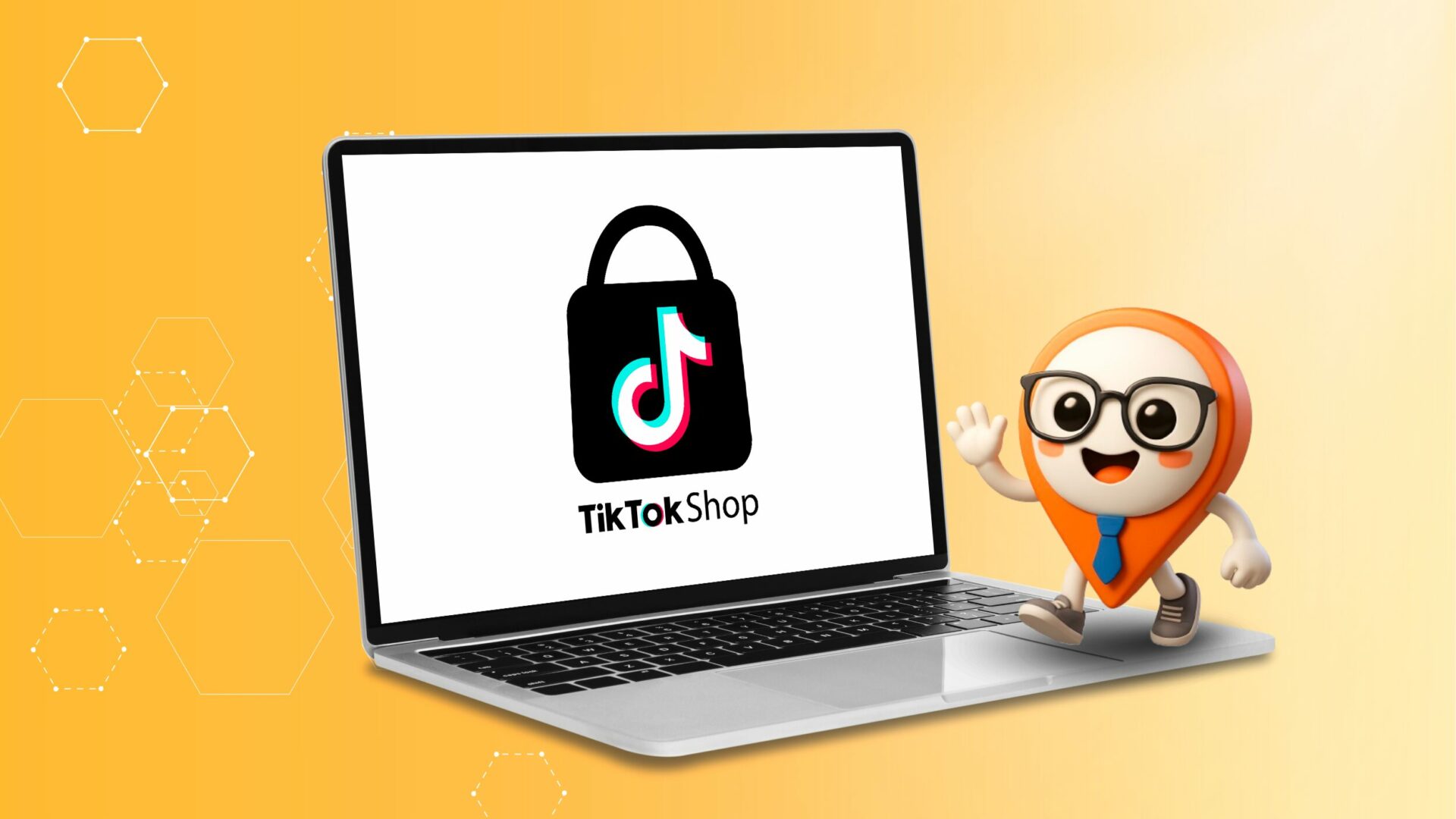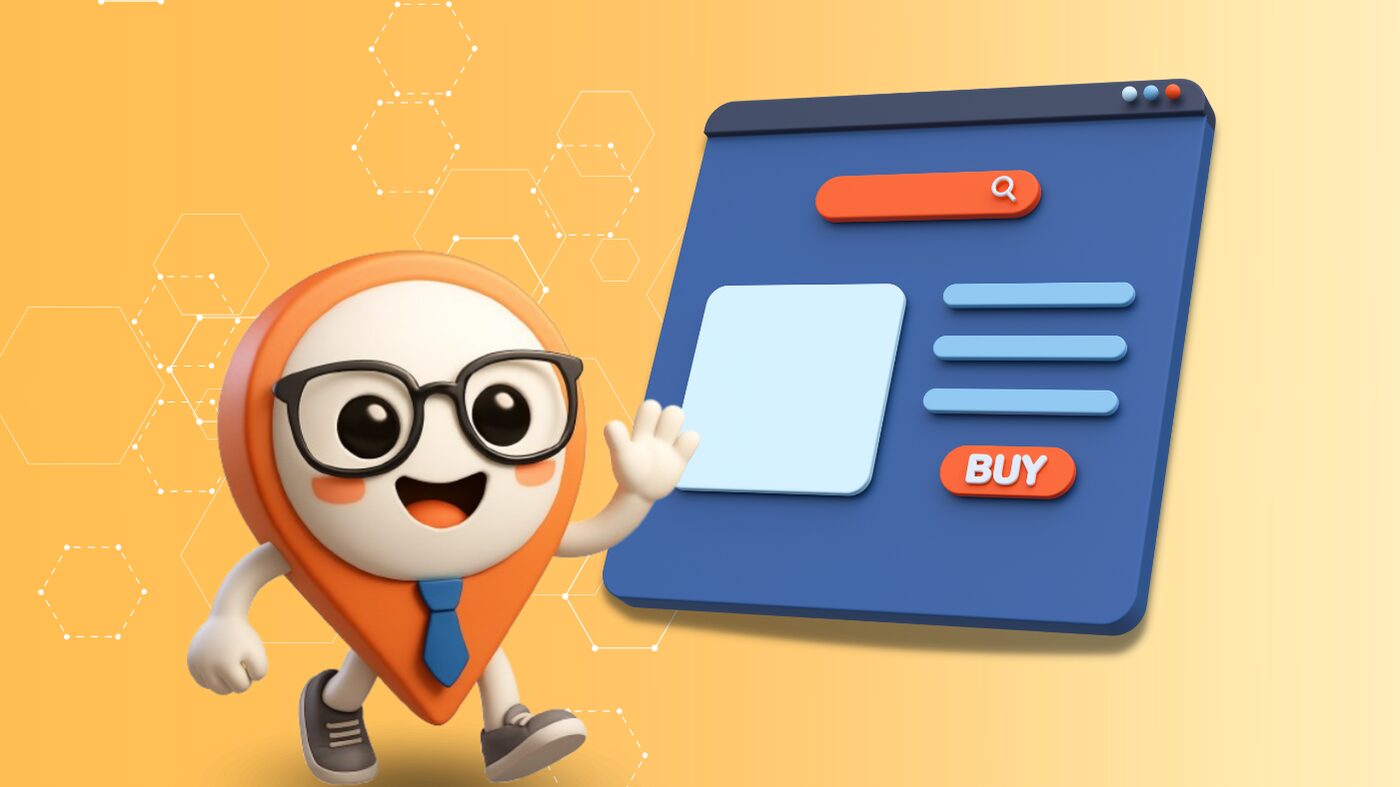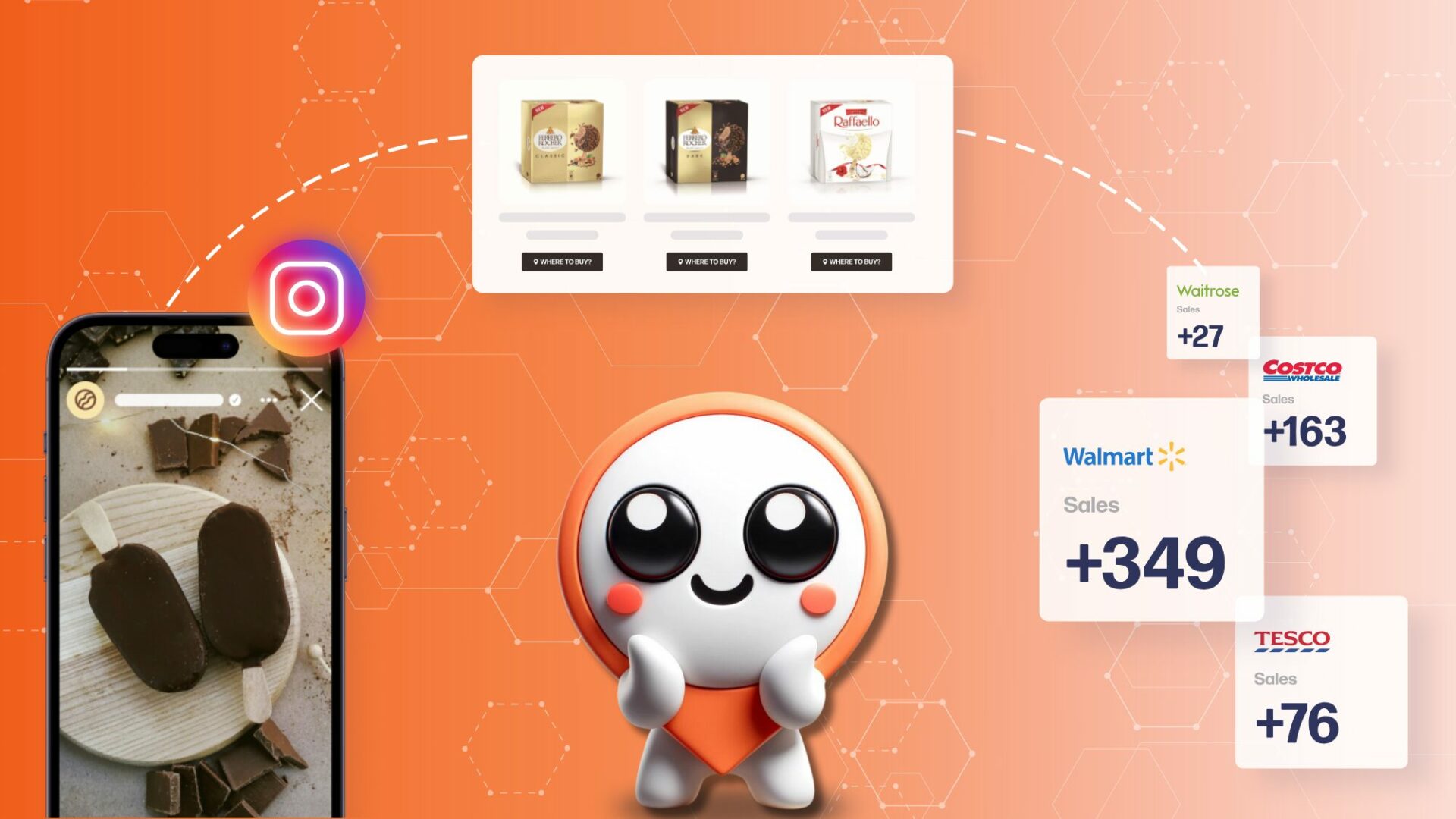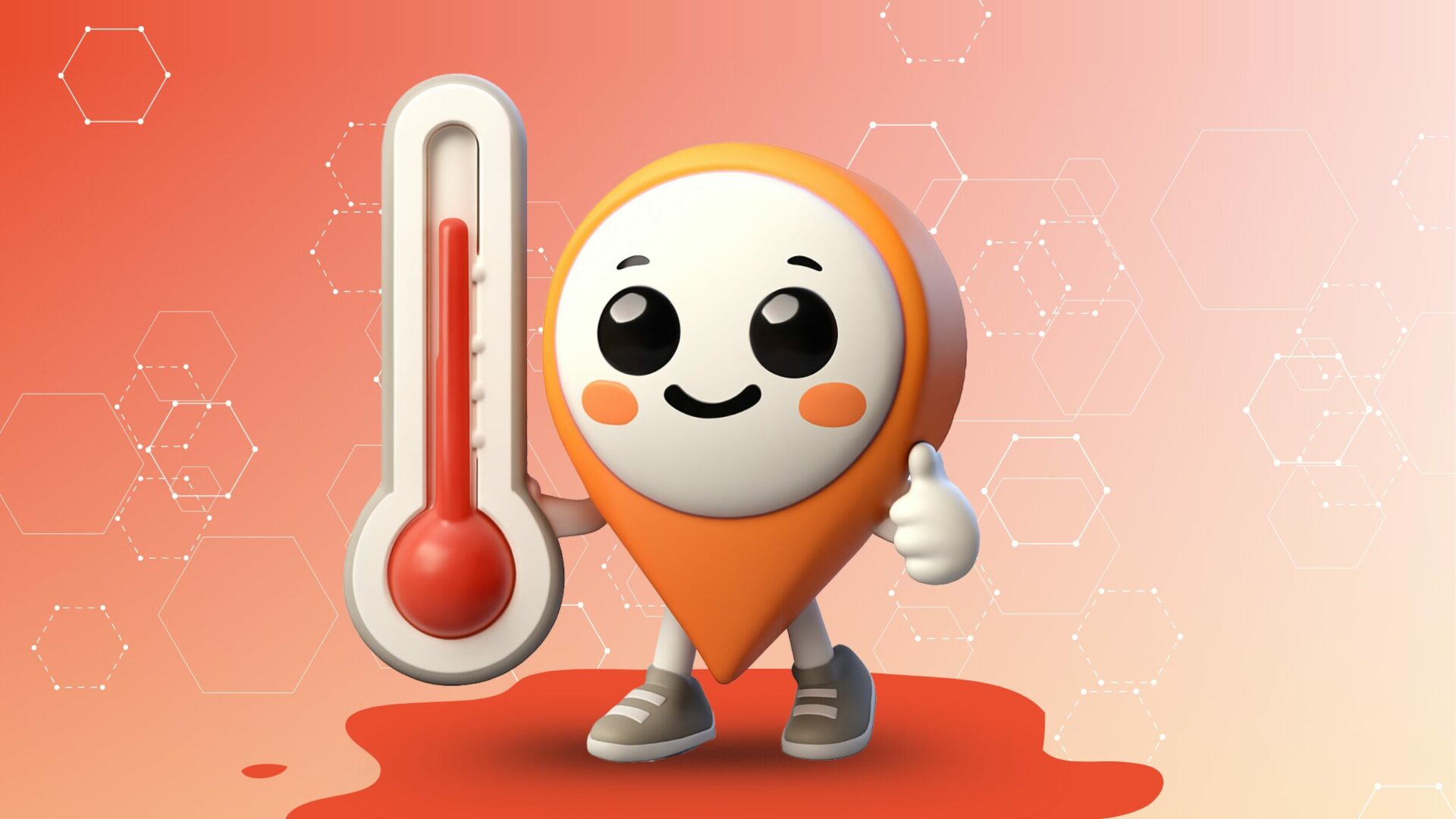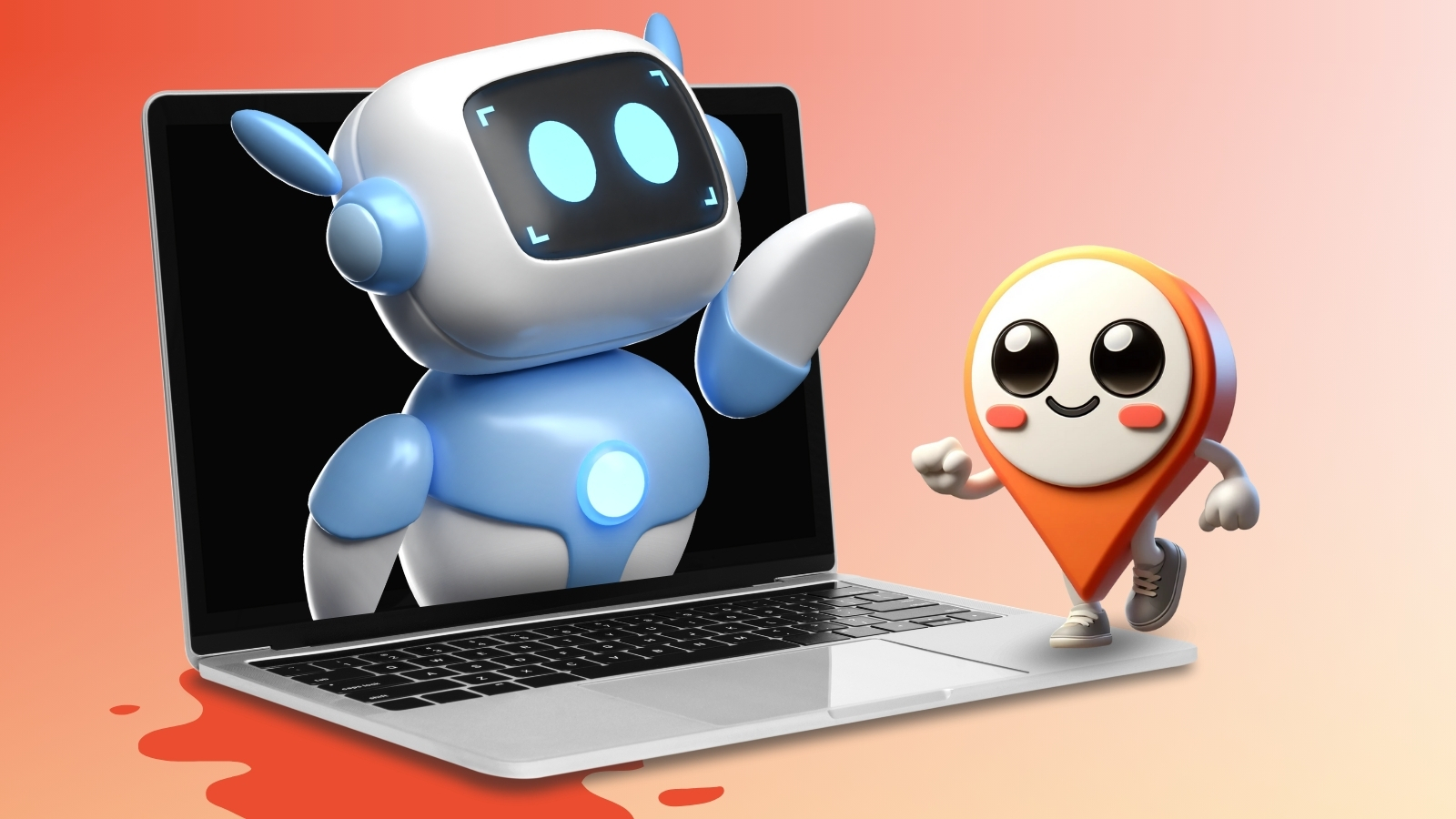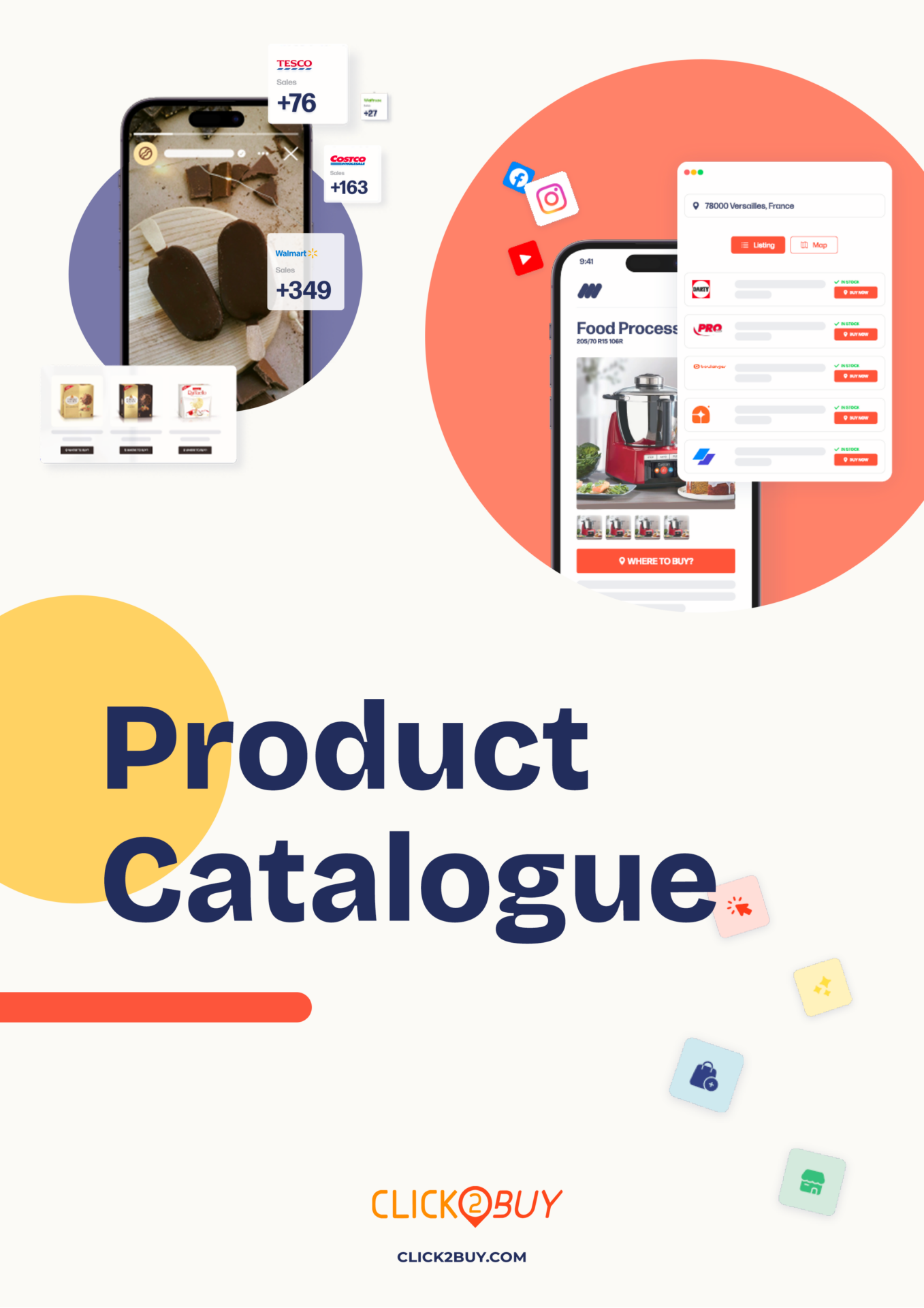Today, user experience is a critical factor in a brand’s success. More than ever, a smooth and well-optimized journey has become an essential lever to increase conversions and strengthen consumer loyalty. But how do you build a great shopping experience?
At Click2Buy, we help businesses create optimized customer journeys that boost sales. In this article, we will explore in depth the key elements to create a smooth, intuitive, and conversion-oriented journey. Whether you’re a large brand or a retailer, you’ll discover practical advice and real-world case studies to improve your omnichannel strategy.
What Makes a Great Customer Journey?
Definition
The customer journey refers to the entire path a consumer takes from realizing a need to making a purchase (and beyond). In other words, it’s all the steps a user goes through, whether it’s an online interaction, an in-store experience, or through another channel. This process is increasingly multichannel and extends beyond the transaction to include post-purchase experiences (loyalty, services, returns, etc.). But what makes a shopping experience successful?
Characteristics of an Effective Journey
An optimized journey must meet several key criteria:
- Simplicity: The user must be able to move forward without obstacles or confusion. Each step must have a clear and direct goal.
- Fluidity: The process must be continuous, with no breaks, even when a consumer switches between channels (mobile, website, store).
- Omnichannel Consistency: The experience must be the same across all touchpoints. Whether through a landing page, newsletter, or in-store call, the message and navigation must be consistent.
- Conversion-Oriented: Each step must be optimized to encourage the user to take action, whether it’s buying a product, filling out a form, or requesting more information.
A well-designed journey must allow the consumer to have a frictionless experience, which will not only increase conversions but also loyalty and engagement. This means businesses must constantly analyze and adapt their approach based on real-time data.
Why Is This a Strategic Leverage for Brands?
A well-designed journey is a strategic lever for several reasons:
- Optimizing the User Experience: A smooth and frictionless journey guarantees a positive experience, which has a direct impact on consumer satisfaction and loyalty.
- Reducing Abandonments: Frictions in the journey, such as missing information, a complex payment process, or an unclear CTA, can lead to abandoned carts or lost processes. An optimized journey reduces these risks.
- Improving Conversion: Fewer frictions lead to more conversions. A simplified journey with well-placed and visible CTAs increases the chances of completing a transaction.
- Enhancing Retention: By offering a seamless experience and anticipating users’ needs, a brand can create a journey that leads to not just a sale but a long-term relationship.
In summary, a good journey is synonymous with profitability and loyalty. Businesses that optimize their customer journey see not only an increase in their conversion rate but also an overall boost in customer satisfaction, directly impacting growth.
How to Identify Friction Points in the Customer Journey?
What is a Friction Point?
A friction point is any obstacle or moment where the user hesitates, gets lost, or abandons an action. It can be a complex process, a long form, missing information, or a poor mobile experience. These frictions represent missed conversion opportunities, and each friction point can potentially reduce the efficiency of your journey.
In this section, we will explore how to identify and analyze these frictions to optimize your users’ experience.
How to Detect Frictions?
There are several tools and methods to identify friction points and gather valuable insights about user behavior.
In this video, Ninon, our Customer Success Manager, clearly and concisely explains how to spot and fix friction points in the shopping journey.
Behavioral Data Analysis
Tools like Google Analytics or Hotjar allow you to analyze heatmaps, which show where users most frequently click on a page. This helps identify areas of the page that are not visible enough or elements that disrupt navigation.
Session Recordings
Session recordings allow you to track the actual journey of users on your site. These videos can reveal unexpected behaviors, like hesitations on a form or abandonments during checkout.
Surveys and Customer Feedback
It’s crucial to go beyond numeric data and gather direct user feedback. Using surveys or feedback pop-ups (e.g., after a transaction) provides qualitative insights into the friction points consumers experience.
User Testing
Conducting live user testing with real customers can help you spot navigation issues that aren’t visible in the data. These tests can be conducted with a targeted group or even incentivized with discounts for participation.
Collecting User Feedback
Another effective way to identify frictions is to organize focus groups or interviews with your customers. By asking them to describe their experience on your site or app, you can identify elements that disrupt their experience.
The Key Steps to Build a Smooth Experience
A good journey doesn’t get built in a day, but it’s improved continuously based on user expectations and feedback. Here are the essential steps to create an effective and optimized path for conversion.

1. Understand Your Users’ Expectations
The first crucial step in building an effective journey is understanding your users. Without this understanding, it’s almost impossible to offer an experience that truly meets their needs and is adapted to their behavior.
- Personas / Ideal Profiles
Personas are semi-fictional representations of your ideal customers. By using real behavioral data (purchase history, customer service interactions, etc.), you can create personas representing different customer segments. This allows you to better target the specific needs of each user group and tailor the experience accordingly. - Purchase Intentions
Purchase intentions are key moments when a consumer shows an interest in buying a product or service. This can be detected by actions like viewing product pages, adding items to a cart, or looking for promotional codes. The goal is to understand when and why consumers are ready to buy and guide them at each step to maximize conversion.
An effective journey relies on the ability to capture these micro-moments and respond quickly and relevantly. For example, a well-placed CTA can turn mere interest into a concrete sale.
- Preferred Channels
Today, users interact with brands through various channels: websites, social media, emails, search engines, physical stores, etc. Each channel has its unique features, and it’s crucial to adapt the journey based on the environment of each touchpoint. For instance, a user coming from a Google search will have different expectations than one coming from an Instagram post. This means you need to analyze and segment your channels specifically to better understand their performance and adapt the experience accordingly.
2. Map the Current Experience
Once you have a solid understanding of your users’ expectations, the next step is to map their current journey. This mapping allows you to visualize all the steps a consumer goes through before completing a purchase or achieving a particular goal.
- Visualizing All the Steps
A typical journey starts with awareness (the consumer becomes aware of your brand or product). Then, it moves to the consideration phase, where the consumer compares your products with others. They might also look for reviews or recommendations. Finally, they reach the conversion phase, where they make the purchase, and then retention, where they become a repeat or loyal customer.
Each step requires a specific approach. For example, during Awareness, your main goal is to generate interest and inform. During the conversion phase, you need to simplify the purchasing process and reduce friction.
3. Identify Key Decision Moments
At every stage of the process, there are key moments where users make decisions that can determine the success or failure of the conversion process.
- Micro-Moments: Comparisons, Reviews, Product Availability
Micro-moments are crucial points where the consumer needs quick information to make a choice. For example, when comparing a product, checking reviews, or verifying stock availability. Each micro-moment is an opportunity to increase consumer engagement and maximize conversion chances. Information must be accessible and visible within seconds to avoid losing the consumer’s attention. - CTA Not to Miss
Another key moment in the process is the Call to Action (CTA). A good CTA is visible, precise, and simple. It clearly indicates what the user should do next. For example, a CTA like “Add to Cart” or “Learn More” should be well-positioned and attract attention without disrupting the experience. A poorly placed or invisible CTA can lead to abandonment or lost conversion.
4. Optimize Each Step
Each step in the user journey must have a clear goal. The aim is to simplify the process as much as possible to reduce friction and optimize every interaction.
- Clear Goal Per Step
When mapping your user experience, each step should have a precise goal: inform, reassure, engage, convert, and retain. For example, the consideration phase aims to inform the user and convince them of the value of your product. The website or landing page should respond to this goal by providing detailed information, customer reviews, or product comparisons. - Reduce the Number of Clicks
A simplified journey reduces the number of clicks required to complete an action. Every additional click is an opportunity for conversion loss. The goal is to move the user from one step to the next with minimal interruptions. For example, during checkout, each extra field in a form could be a barrier to conversion. - Highlight Useful Information
At each step, it’s crucial to highlight essential information. If a user is viewing a product, they should have access to clear details: price, description, reviews, availability, etc. Everything that can reassure and persuade the consumer to buy should be clearly displayed in an intuitive way. - Reassurance (Reviews, Guarantees, FAQ, etc.)
Reassurance is a key element during the conversion phase. Consumers are more likely to purchase if they’re confident their information is secure and they can return the product if necessary. Elements like guarantees, customer reviews, and a well-thought-out FAQ contribute to this reassurance.
5. Adapt the Experience to Different Channels
Today, users don’t just interact with a web version of your site. They can browse your site on mobile, receive promotional emails, engage with you on social media, or visit a physical store. Each channel has its own specifics and must be optimized to offer a seamless experience.
- Ensure Omnichannel Experience Continuity
The omnichannel experience involves ensuring continuity across all channels. If a user adds a product to their cart on your mobile app, they should be able to complete the purchase on your website without issues. This requires smooth integration between all your channels and unified data management.
How to Continuously Test and Improve Your Journey?
An effective experience cannot remain static. To stay competitive and meet the evolving expectations of users, it’s crucial to continuously test and adjust each step of the process. Continuous improvement becomes a key strategy to maintain a smooth and optimal experience. Let’s explore the best practices to test and constantly refine your customer journey.
A/B Testing to Validate Improvements
One of the most effective ways to test changes is A/B testing. This process allows you to compare two versions of a specific element of your site (for example, a product page, form, or CTA) to determine which one generates the best results in terms of conversion.
A/B testing splits traffic into two groups: one sees version A (the current version), and the other sees version B (the modified version). The results are then analyzed to see which version performs better (more clicks, more conversions, etc.).
Examples:
- New CTA: Test different versions of your Call to Action. For example, a “Add to Cart” button can be tested against another text, like “Buy Now”. You can also test the color, size, or even the placement of the button.
- Simplified Form: A long form can discourage users. Test a shorter version by removing unnecessary fields or offer a quick sign-up form with pre-filled options.
- Button Placement: Try moving a purchase button higher on the page or making it more visible with a different design.
This process allows you to validate each change you make and ensure that your optimizations are truly effective. Only by experimenting can you find adjustments that truly improve your conversion rate.
Continuous Improvement Loop
Continuous improvement is essential for staying competitive. It relies on a cycle: measure, understand, adjust, and then test again. Start by measuring the effectiveness of your journey using tools like A/B testing, KPIs, or user feedback. Then, analyze the data to understand user behaviors and identify friction points, such as cart abandonment due to a lack of information or a long process. Once these issues are identified, adjust the journey by modifying elements like CTAs or simplifying forms. Finally, test these adjustments again with user testing or A/B testing. This cycle ensures that your experience evolves continuously to meet users’ expectations and optimize conversions.
Key KPI Analysis
Measuring and tracking KPIs (key performance indicators) is essential for analyzing the effectiveness of each step in the journey. These KPIs provide valuable insights that help you understand how users interact with your site and where improvements can be made. Here are some KPIs to monitor regularly:
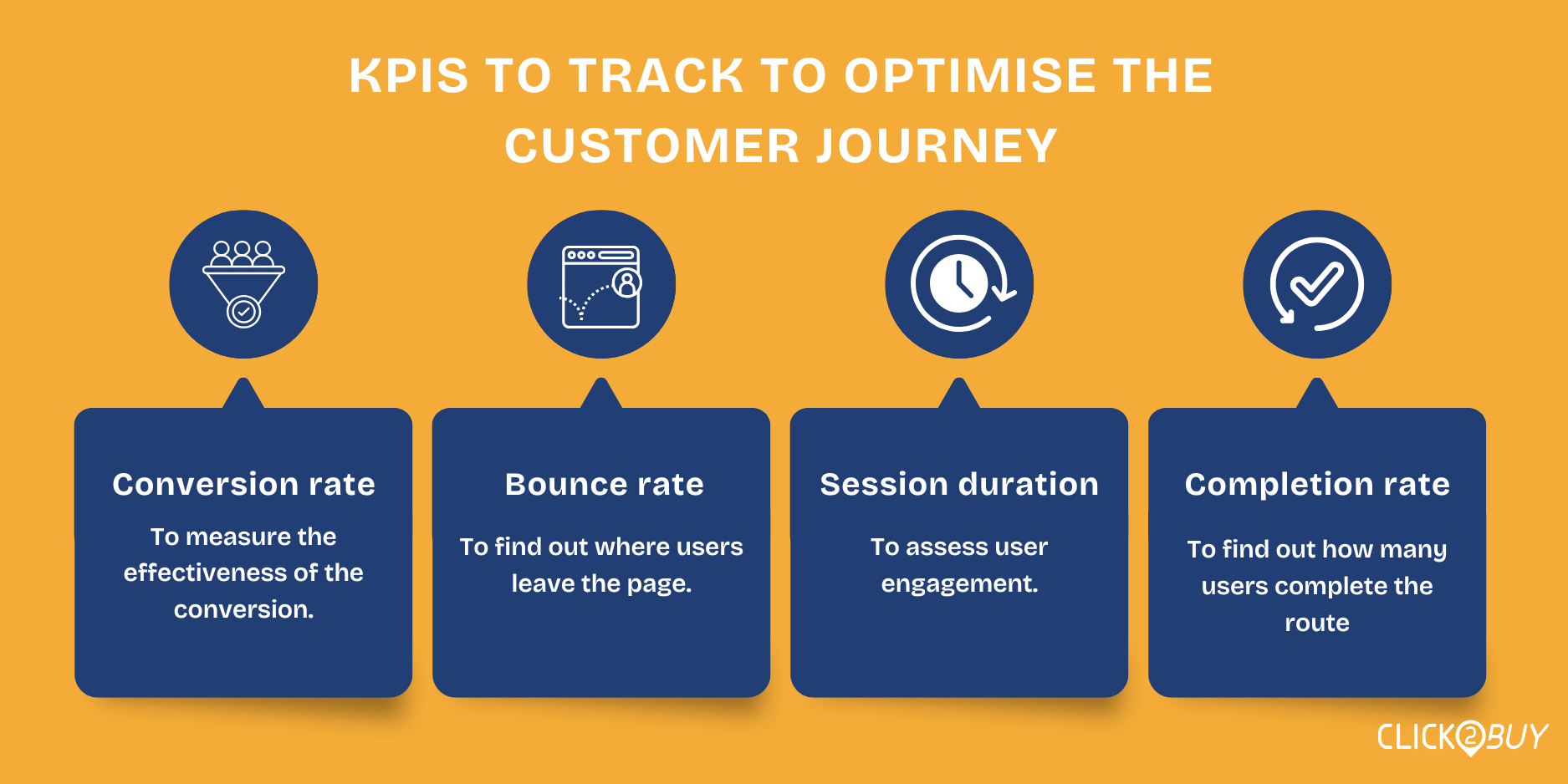
Conversion Rate
Conversion rate measures the effectiveness of your process in transforming visitors into paying customers. A high conversion rate indicates that your journey is optimized, while a low rate suggests friction points that need to be resolved.
Bounce Rate
The bounce rate indicates how many people leave your site after viewing just one page. A high bounce rate may mean your site doesn’t provide the expected information or that the journey is too confusing, causing the user to leave without continuing.
Session Duration
Session duration measures how long users stay on your site. The longer this duration, the more engaged the user is in the process. However, a session that’s too long can also indicate that the user isn’t quickly finding what they’re looking for.
Completion Rate
This rate measures how many users complete every step, from initial navigation to final conversion (purchase, sign-up, etc.). If this rate is low, it indicates obstacles or friction points that need to be removed.
By monitoring these KPIs and taking corrective actions based on the results, you will be able to track your journey’s performance and make informed decisions to maximize it.
Conclusion
Building a smooth journey is a complex but essential process to improve user experience and boost conversions. By understanding your users’ expectations, mapping their journey, and optimizing each step, you’ll create an experience that encourages them to buy and return.
Continuous improvement is essential. Every change, whether big or small, must be tested and measured to eliminate friction and maximize conversion opportunities. By combining analysis tools with rigorous A/B testing and continuous KPI tracking, you can make data-driven decisions and significantly enhance your approach.
Remember, the more you pay attention to your users’ needs, the better you can create an experience that’s both adapted and effective.
FAQ
What is a smooth customer journey?
A smooth journey is an experience without obstacles, where every step is simple and intuitive, with logical navigation and easy conversion.
How do you identify friction points in a customer journey?
Use tools like heatmaps, session recordings, and customer feedback to spot where users abandon or hesitate.
Why is A/B testing important for optimizing the customer journey?
A/B testing lets you test and validate different versions of pages or elements to choose the one that maximizes conversion.
Which KPIs should be tracked to measure the effectiveness of the customer journey?
Track conversion rate, bounce rate, session duration, and completion rate to evaluate the performance of your journey.
How to continuously improve the customer journey?
Adopt a continuous improvement approach: measure, analyze, adjust, and test again to continuously refine your customer journey and meet users’ expectations.

